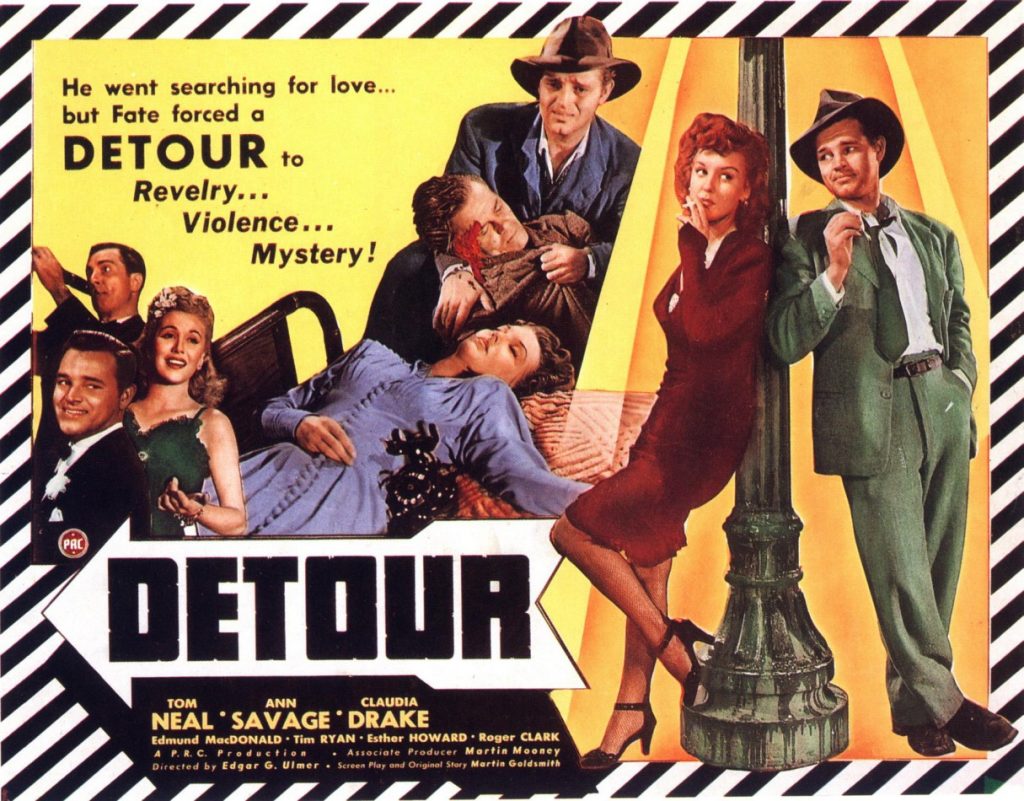Last December, we featured the documentary Portrait of a Bookstore as an Old Man in tribute to its recently passed subject, noted bookseller and eccentric George Whitman. His store Shakespeare and Company has sent a beacon from Paris’ Left Bank to writers and bibliophiles the world over for sixty years, and it continues to do so under Whitman’s daughter, Sylvia Beach Whitman. While practically every bookstore in business today takes pains to set itself apart as something “more than just a bookstore,” Shakespeare and Company has been hip to that plan since its inception, offering a reading library, Sunday tea, a storied makeshift writers’ colony, and a taste of the early twentieth-century’s expatriate-filled Parisian literary scene. Readers well-versed in the history of that scene will notice a clever bit of attempted predestination on George Whitman’s part in naming his daughter after Sylvia Beach, the American founder of another famous bookstore called Shakespeare and Company, which operated from 1921 to 1941.
You can learn more about Sylvia Beach Whitman — much more than you’d expect to in under four minutes — from art-world documentarian Chiara Clemente’s profile of her on the Sundance Channel’s documentary series Beginnings. Whitman remembers her days as Shakespeare and Company’s official moppet, when its writers in residence — her “hundreds of brothers and sisters” — would tell her custom-made bedtime stories before flopping down on their own beds built atop the book piles. She’s since grown up and gone on to do big things with the store, including starting a biennial literary festival which has brought in the likes of Jung Chang, Paul Auster, David Hare, and Persepolis author Marjane Satrapi, who features in a Beginnings short of her own (see above). When not hard at work on a page of comic art, Satrapi lights up a cigarette and remembers how, due to the last forty years of constant political churn in her native Iran, no Iranian of her generation has lived anything like a “normal” life. The series also covers the early lives and first inspirations of creators including shoe designer Christian Louboutin, Blue Hill chef Dan Barber, and… well, you can’t describe Yoko Ono as anything but Yoko Ono. But you can watch her episode of Beginnings on NYTimes.com and hear about her struggle to find her way to the avant-garde after emerging from her family’s artistic traditionalism. H/T New Yorker
Related content:
Remembering George Whitman, Owner of Famed Bookstore, Shakespeare & Company
Spike Jonze Presents a Stop Motion Film Set at Shakespeare and Company
Colin Marshall hosts and produces Notebook on Cities and Culture. Follow him on Twitter at @colinmarshall.



